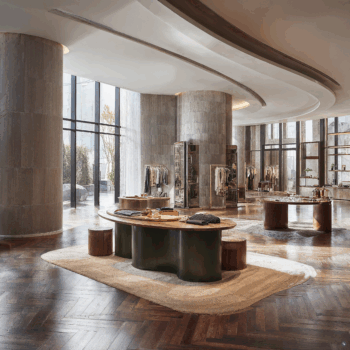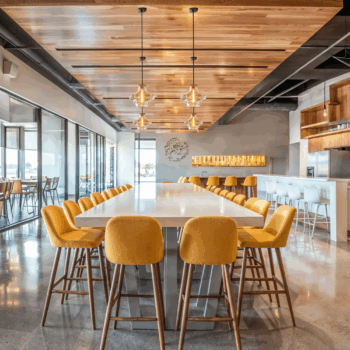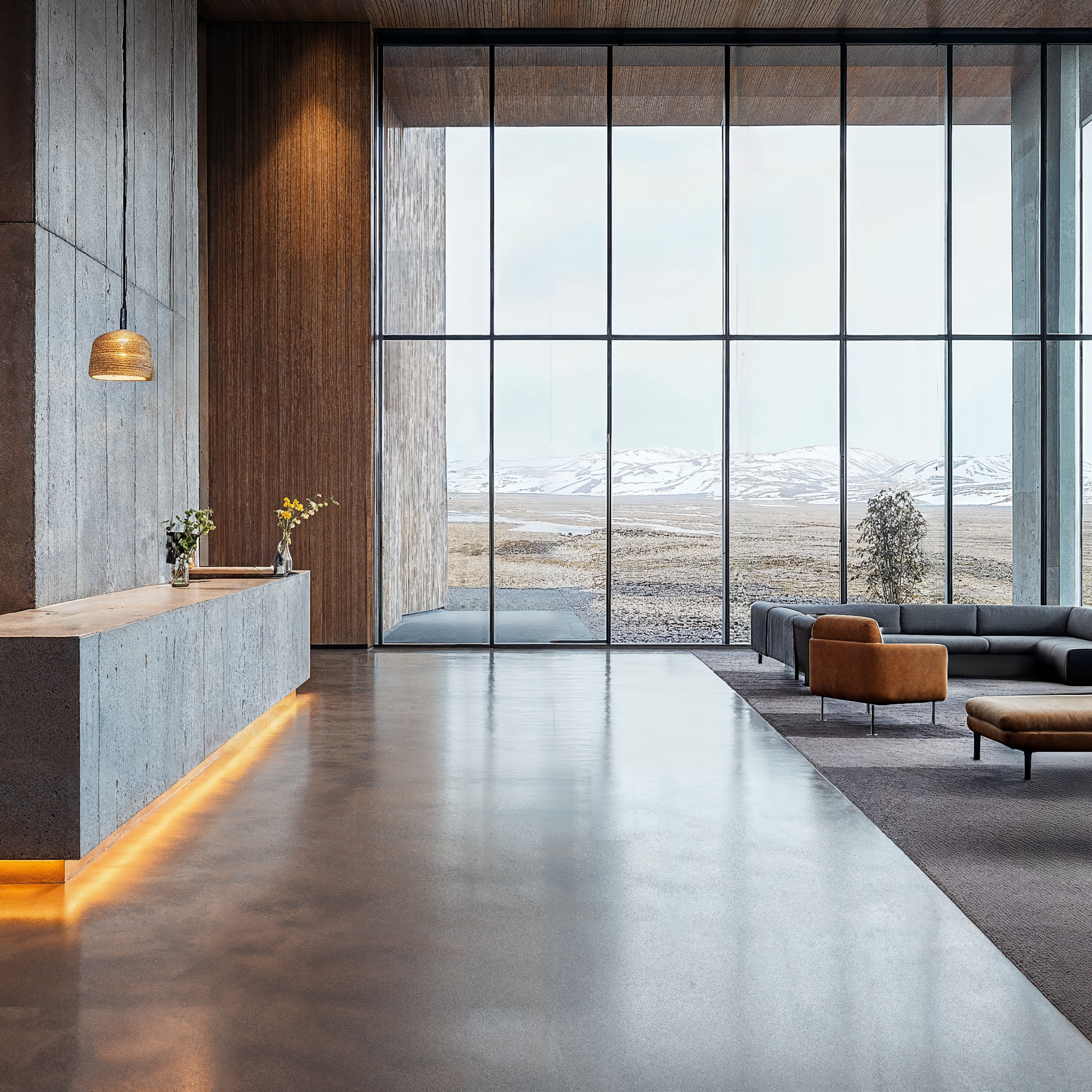
Icelandic Minimalist design is born from the unique environmental conditions and cultural rhythms of Iceland, where design serves not only as aesthetic expression but as a response to climate, isolation, and natural beauty. Deeply informed by Nordic traditions and a respect for materials, this style emphasizes simplicity without austerity, evoking warmth, slowness, and introspection.
Timber, wool, stone, and metal form the foundation of Icelandic interiors, offering tactile contrast and durability. Neutral palettes mirror the muted tones of lava fields, glaciers, and coastal skies, while natural light is carefully harnessed through large windows, translucent materials, and intentional shading. Furnishings are minimal yet comfortable, with a focus on craftsmanship, longevity, and sensory experience.
The Core Principles of Icelandic Minimalist Design
1.) Natural Materiality
Interiors feature a restrained palette of locally inspired materials such as wool, oak, basalt, and brushed metal. These surfaces age gracefully and foster a tangible connection to the land.
2.) Light and Atmosphere
Design responds to the island’s fluctuating light with careful attention to orientation, reflectivity, and interior glow, balancing clarity with comfort throughout the seasons.
3.) Tactile Simplicity
Spaces are defined by clean lines, subtle textures, and warm minimalism that values comfort as much as composition.
4.) Environmental Response
Geothermal influence, passive heating strategies, and sustainable sourcing reflect a long-standing cultural awareness of energy and resource use.
5.) Quiet Contemplation
Icelandic interiors embrace slowness and solitude. Soft materials, visual restraint, and spatial openness invite reflection and calm.
Icelandic Minimalist Design in Practice
Wellness and Hospitality Spaces with Stillness
Hotels, glamping resorts, and spas incorporate geothermal materials, warm lighting, and soft textiles to create environments of rest and introspection.
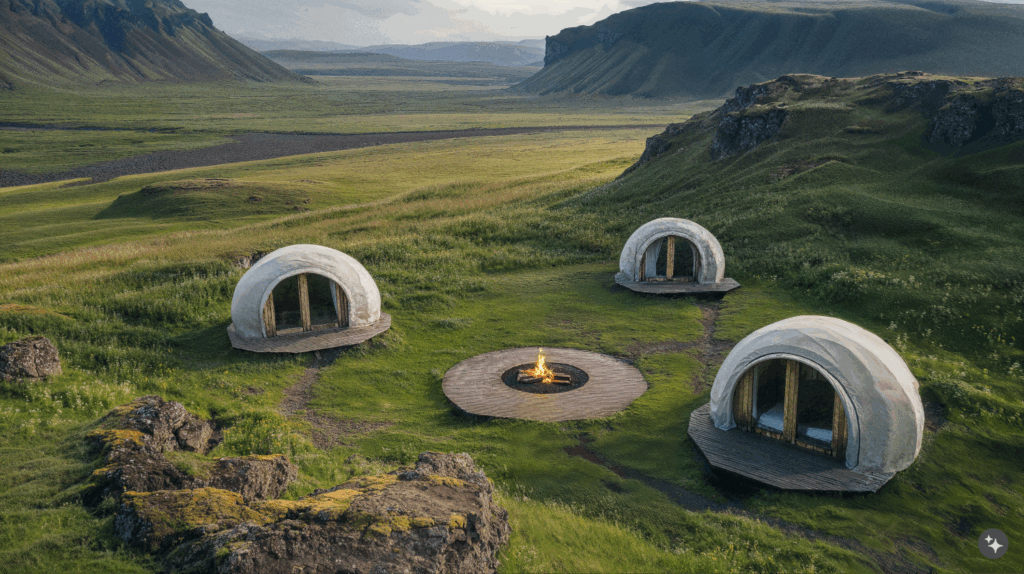
Residential Interiors Embracing Nature
Homes open to the surrounding terrain with large windows, stone details, and wool-wrapped spaces that cocoon against harsh weather.
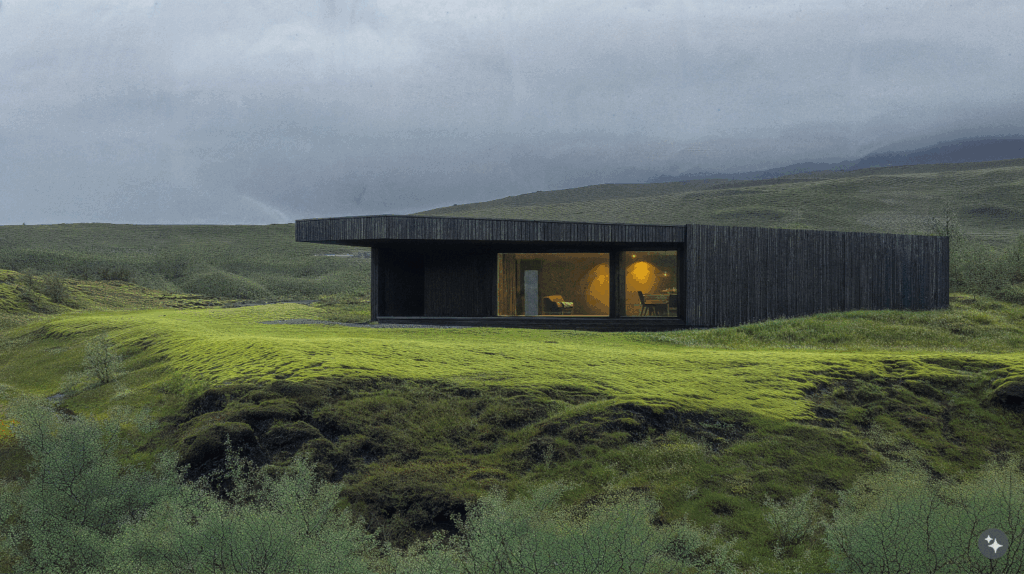
Cultural Centers Shaped by Climate
Museums and pavilions use natural finishes and layered light to express place, seasonality, and cultural memory through design.
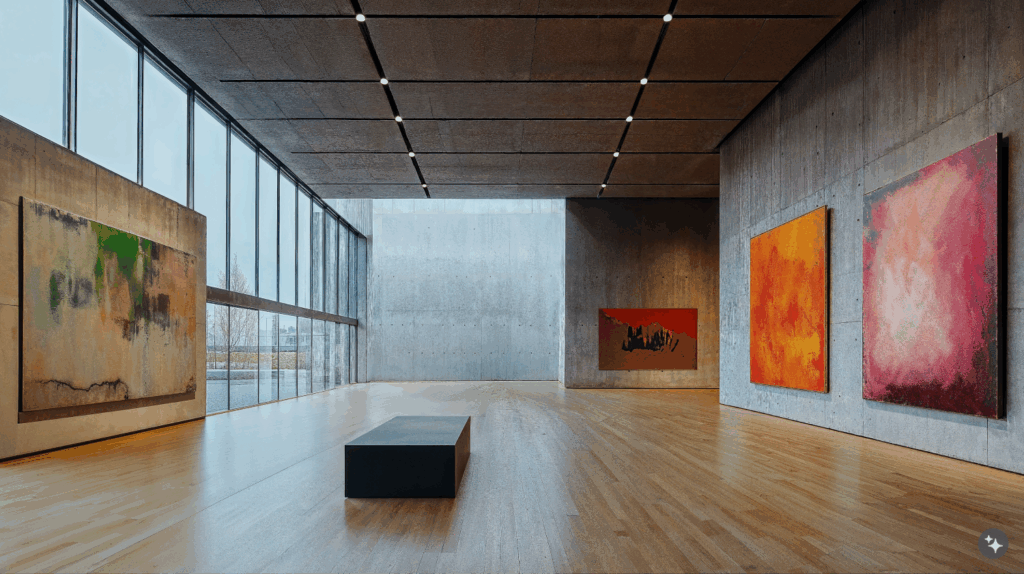
Educational Spaces Promoting Focus
Minimalist studios and study areas employ neutral tones, diffused light, and acoustic control to foster attention and well-being.
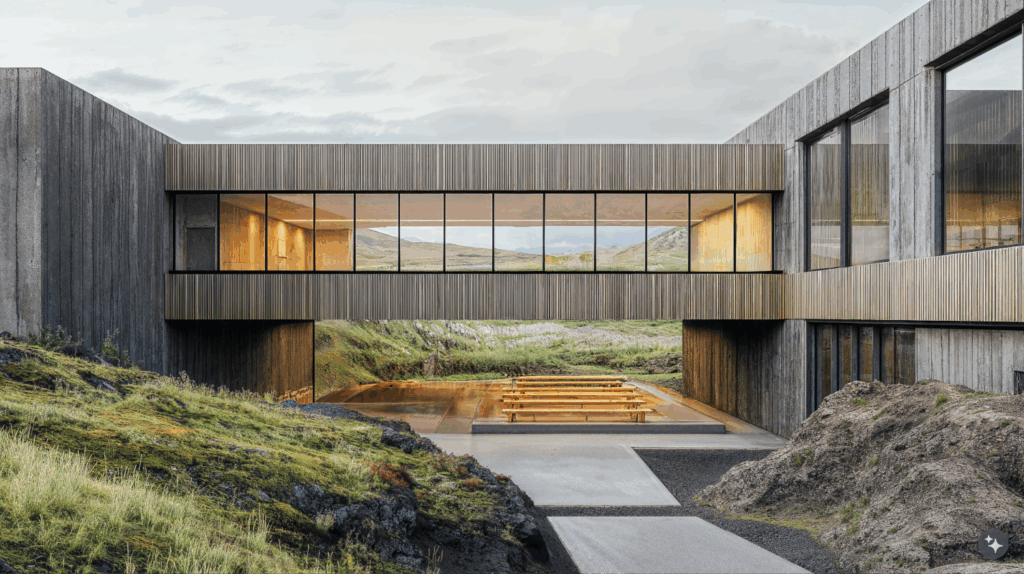
Retail with Restraint and Clarity
Boutiques and showrooms simplify spatial layouts and highlight artisanal goods through intentional lighting and material contrast.
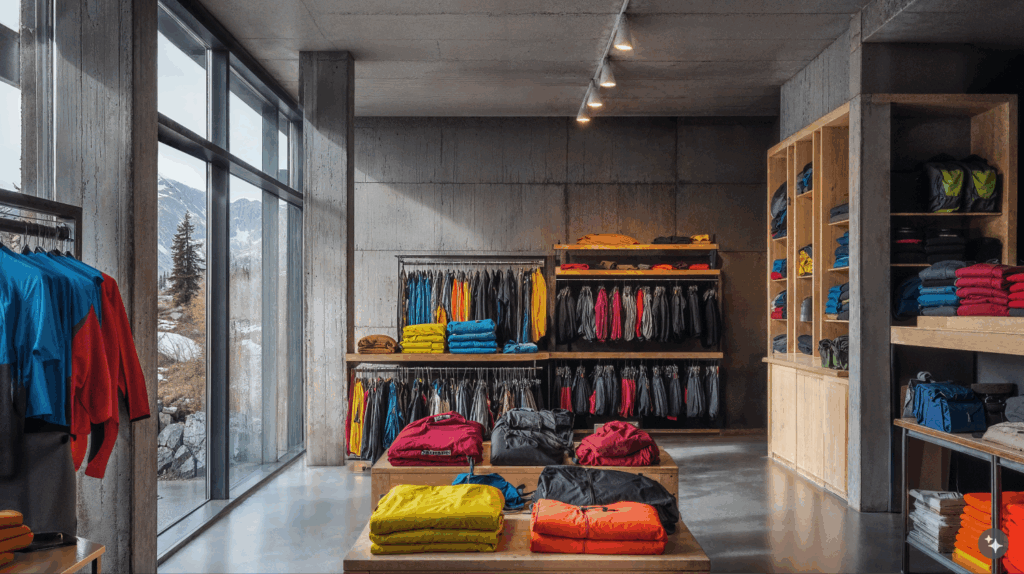
Workspaces Designed for Calm
Offices prioritize natural finishes, biophilic connections, and acoustic balance to reduce stress and improve mental clarity.
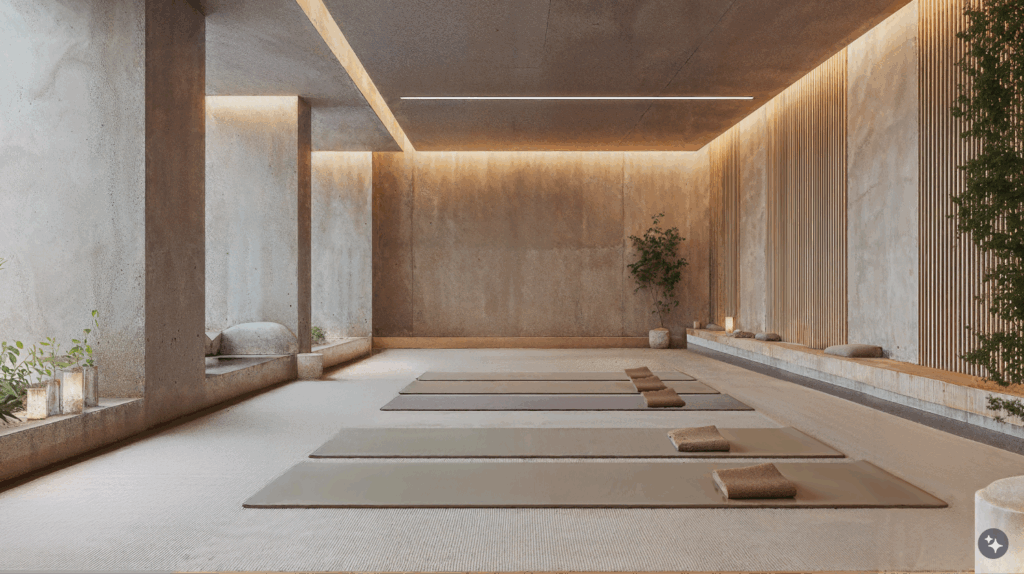
Icelandic Minimalist design demonstrates how restraint can be expressive, and simplicity can be deeply sensory. Informed by the landscape and shaped by tradition, it offers a quiet design philosophy that honors place, promotes well-being, and speaks to the elemental power of space.
Looking for some more calming design inspiration? Check out our article on Fog & Frost.





